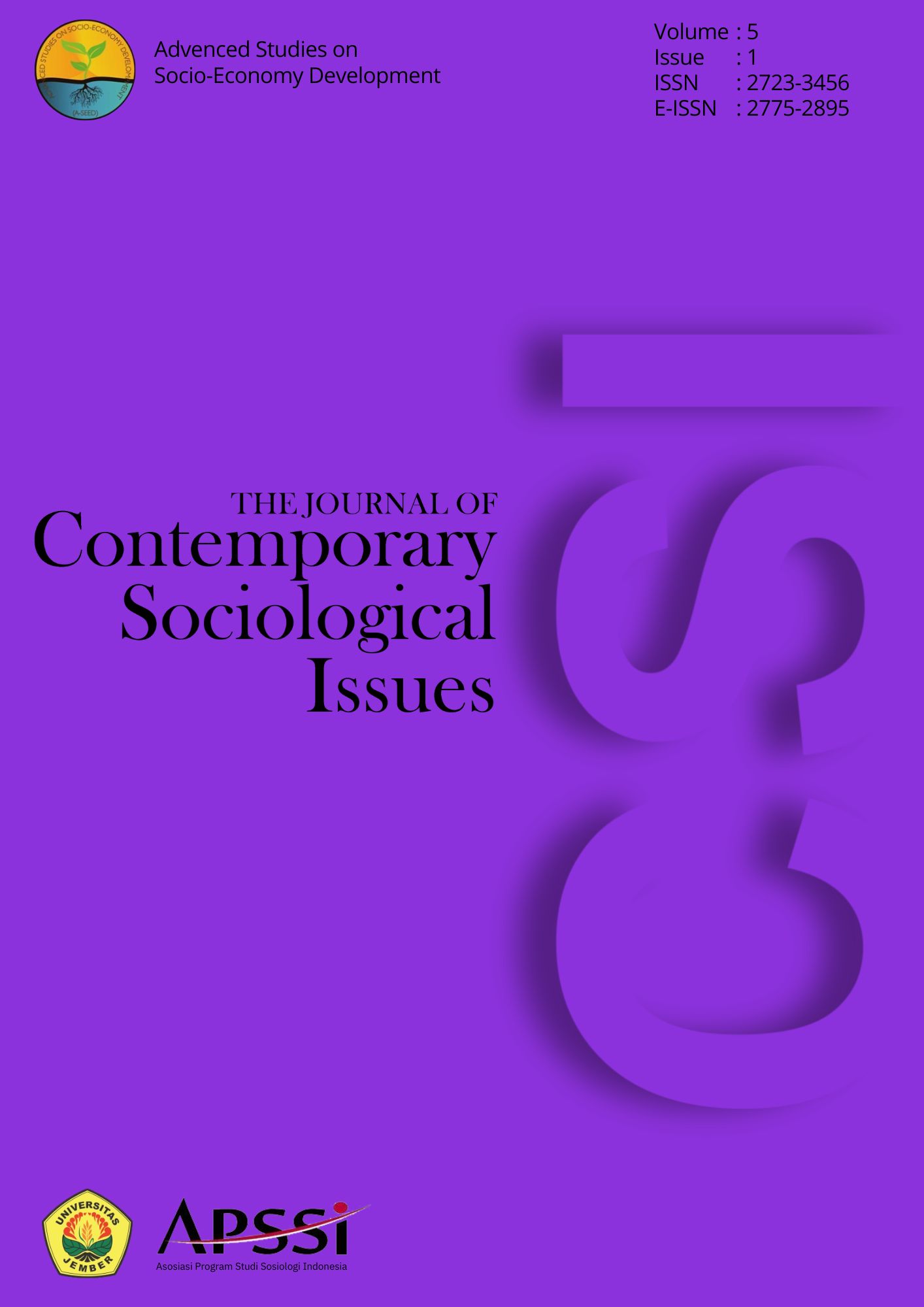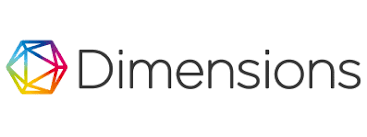Unmasking Nepal's Public Service Riddles
The Paradox of Communication Dynamics
DOI:
https://doi.org/10.19184/csi.v5i1.46956Keywords:
Management, Public service, Nepal, Grievance Redressal MechanismAbstract
Nepal's public service system faces significant challenges in effectively addressing citizen grievances and raising concerns about accountability, efficiency, and public trust. Simultaneously, while establishing grievance-handling mechanisms, citizens often encounter bureaucratic inefficiencies, delays, and a lack of responsiveness from government agencies. This study examines how Public Service Management functions as a Grievance Redressal Mechanism (GRM) within the Communication and Information Service, evaluating its capacity to ensure fairness, accessibility, and transparency in resolving public complaints. This study uses a descriptive qualitative research design to engage with informants and employs a mixed-methods approach for data analysis. The findings reveal substantial gaps in direct evidence, reliability, responsiveness, assurance, and empathy within the GRM framework. These deficiencies obstruct the effective redressal of grievances and contribute to public disillusionment with government institutions. The lack of institutional accountability and proactive engagement further exacerbates systemic inefficiencies within Nepal’s public administration. This research argues that without fundamental reforms, the GRM will continue to serve as a symbolic mechanism rather than an effective tool for citizen empowerment. This study contributes to the broader discourse on public service reform by critically analyzing these structural weaknesses. It highlights the urgent need for policy interventions aimed at enhancing grievance-handling processes. Recommendations include improving institutional transparency, strengthening legal frameworks, and adopting citizen-centered approaches to foster greater trust in Nepal's public administration.
Keywords. Management, Public service, Nepal, Grievance Redressal Mechanism
Downloads
References
Acharya, Keshav K., and John Scott. ‘A Study of the Capabilities and Limitations of Local Governments in Providing Community Services in Nepal’. Public Administration and Policy 25, no. 1 (21 March 2022): 64–77.
Adiwinarni, Nurlaela, Dyah Retna Puspita, and Slamet Rosyadi. ‘Membaca Aspek Komunikasi, Sumberdaya, Disposisi, Dan Struktur Birokrasi Dalam Kebijakan Publik: Studi Implementasi Program Pertemuan Peningkatan Kemampuan Keluarga Dinas Sosial Kabupaten Cilacap | Administratio’. Administratio : Jurnal Ilmiah Administrasi Publik Dan Pembangunan 11, no. 1 (2020): 37–43.
Article19. ‘Country Report: The Right to Information in Nepal’. Article19, 26 November 2015.
Björklund, Fredrika. ‘E-Government and Moral Citizenship: The Case of Estonia’. Citizenship Studies 20, no. 6–7 (2 October 2016): 914–31.
Chittende, Eva H., and Christine Ritchie. ‘Work-Life Balancing: Challenges and Strategies. Journal of Palliative Medicine, 14(7), 870–874.’ Journal of Palliative Medicine 14, no. 7 (2011): 870–74.
Cinalli, Angela. ‘The Past Sets the Context for the Present’. Greek and Roman Musical Studies 8, no. 2 (2020): 230–53.
Gurung, Mahendra Man. ‘The Right to Know’. Kathmandu Post, 27 September 2021, sec. Columns.
Hossain, Naomi, and Suchi Pande. ‘Grievance Redress Mechanisms in the Public Sector: A Literature Review’. Accountability Research Center, 2022.
Lee, Yunsoo, and Hindy Lauer and Schachter. ‘Exploring the Relationship between Trust in Government and Citizen Participation’. International Journal of Public Administration 42, no. 5 (4 April 2019): 405–16.
Lumingkewas, Elvis, and Brain Fransisco Supit. ‘Implementasi Kebijakan Pengelolaan Barang Milik Daerah Pada Permerintah Kabupaten Minahasa’. Academy of Education Journal 14, no. 2 (30 August 2023): 1106–16.
Masengi, Evi Elvira, Elvis M. C. Lumingkewas, and Brain Fransisco Supit. ‘Implementation of Government Regulation No. 53 of 2010 Concerning Civil Servant Discipline in the Finance, Asset, and Revenue Management Office of Minahasa Regency’. Technium Social Sciences Journal 40 (8 February 2023): 11–22. https://doi.org/10.47577/tssj.v40i1.8404.
Ministry of Information and Communication Government of Nepal. ‘National Information and Communication Technology Policy’, 2015.
Mulim, A. ‘ICT for Improving Governance in Nepal’. Samriddhi Foundation (blog), 17 March 2019.
Parasuraman, A., Valarie A. Zeithaml, and Leonard L. Berry. ‘A Conceptual Model of Service Quality and Its Implications for Future Research’. Journal of Marketing 49, no. 4 (1 September 1985): 41–50.
Pokharel, Trilochan, Bhim Prasad Subedi, Shiva Hari Adhikari, Rajendra Adhikari, and Anil Kumar Gupta. ‘Quality of Public Service in Nepal’. Nepal National Governance Survey 2017/18. Nepal Administrative Staff College, 2018.
Roth, Kenneth. ‘Nepal Events of 2021’. Human Right Watch, 12 February 2021.
Santa, Ricardo, Jason B. MacDonald, and Mario Ferrer. ‘The Role of Trust in E-Government Effectiveness, Operational Effectiveness and User Satisfaction: Lessons from Saudi Arabia in e-G2B’. Government Information Quarterly 36, no. 1 (1 January 2019): 39–50.
Taru, Rupali Dilip. ‘Effectiveness of Grievance Handling Mechanism’. International Engineering Journal For Research & Development 3, no. 2 (2016): 5–5.
UNDP. ‘Supplemental Guidance: Grievance Redress Mechanisms’. UNDP, 2017.
Weerakkody, Vishanth, and Jyoti Choudrie. ‘Exploring E-Government in the UK: Challenges, Issues and Complexities’. Journal of Information Science and Technology 2, no. 2 (2005): 25–45.
World Bank. ‘Grievance Redress Mechanisms’. In GRM in Social Protection Delivery System, 1–7. World Bank Group, 2022.
Downloads
Published
Issue
Section
License
Copyright (c) 2025 Saemah Shamim

This work is licensed under a Creative Commons Attribution-NonCommercial-ShareAlike 4.0 International License.








